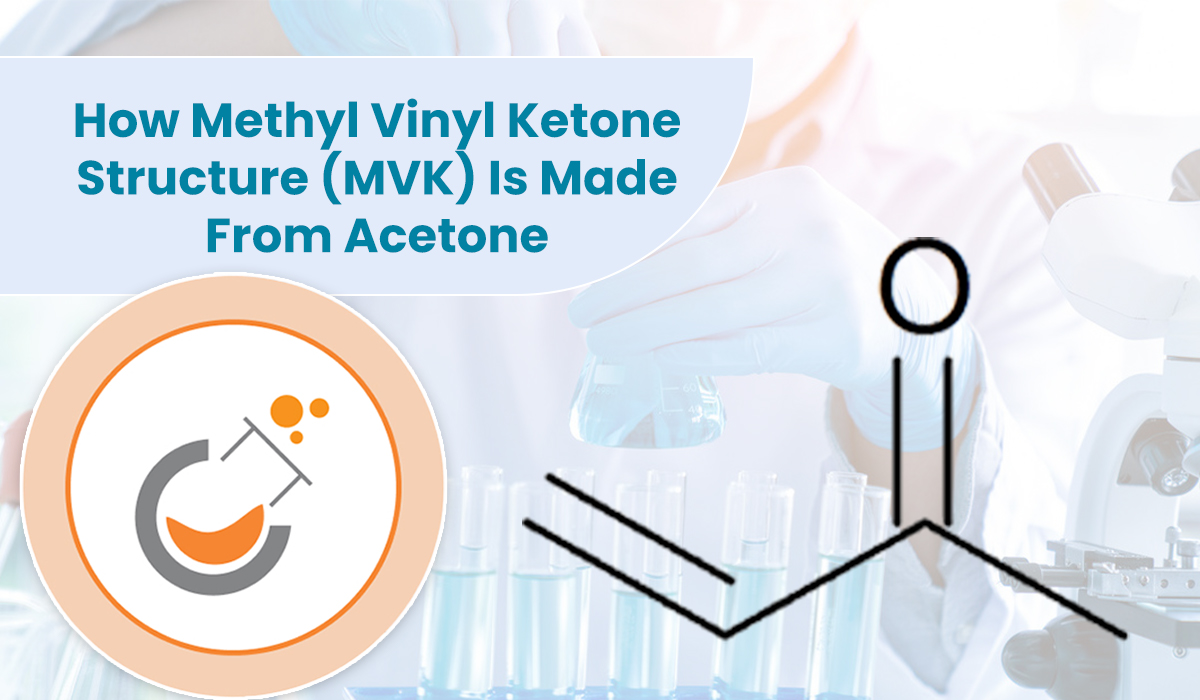Methyl vinyl ketone (MVK) is a significant organic chemical widely applied in synthetic
chemistry, polymer fabrication, and numerous industrial procedures. Knowledge of the methyl vinyl ketone structure
and how to synthesize it from acetone is crucial for academic research and laboratory work in chemistry.
Understanding the Methyl Vinyl Ketone Structure
The structure of methyl vinyl ketone is a three-carbon chain with a carbonyl (C=O) on
the second carbon and a vinyl group (-CH=CH₂) on the first carbon. It has the chemical formula C₄H₆O and is an
α,β-unsaturated ketone. The double bond between the alpha and beta carbons is the determinant of its reactivity,
especially in Michael addition reactions.
Breakdown of structure
Molecular formula: C₄H₆O
Functional groups: Ketone and alkene
Characterising feature: Conjugation between the carbonyl group and double bond, enhancing electrophilicity.
Note: Explore more understanding
of bromoacetonitrile: From Laboratory to Industrial Chemistry.
Synthesis from Acetone
One typical pathway to synthesize methyl vinyl ketone from acetone is the
dehydrogenation and oxidation reactions that convert acetone’s simple ketone functional group into the conjugated
enone of MVK.
Step-by-step description:
Starting material – Acetone (CH₃COCH₃)
Acetone is a simple ketone with two methyl groups attached to a central carbonyl
carbon.
Alpha-halogenation
An alpha-halogenation reaction adds a halogen (most likely bromine) at the alpha
position of the carbonyl group.
Dehydrohalogenation
The halogenated acetone is subjected to elimination (by a base), leaving the vinyl group
through the elimination of hydrogen halide (HX).
Synthesis of MVK
The product is methyl vinyl ketone, with the intended
α,β-unsaturated ketone structure.
Note: In industrial manufacture, catalytic reactions like oxidative dehydrogenation over
metal oxide catalysts may also be employed to achieve MVK from precursors obtained from acetone.
Uses of Methyl Vinyl Ketone
The methyl vinyl ketone composition renders it reactive towards nucleophiles and thus facilitates:
- Synthesis of polymers
- Cross-linking resins
- Pharmaceutical manufacturing intermediates
Safety Measures
Methyl vinyl ketone is highly irritating and must be treated in a well-ventilated laboratory with proper protective gear. Safety procedures must always be followed when using volatile ketones.







Recent Comments